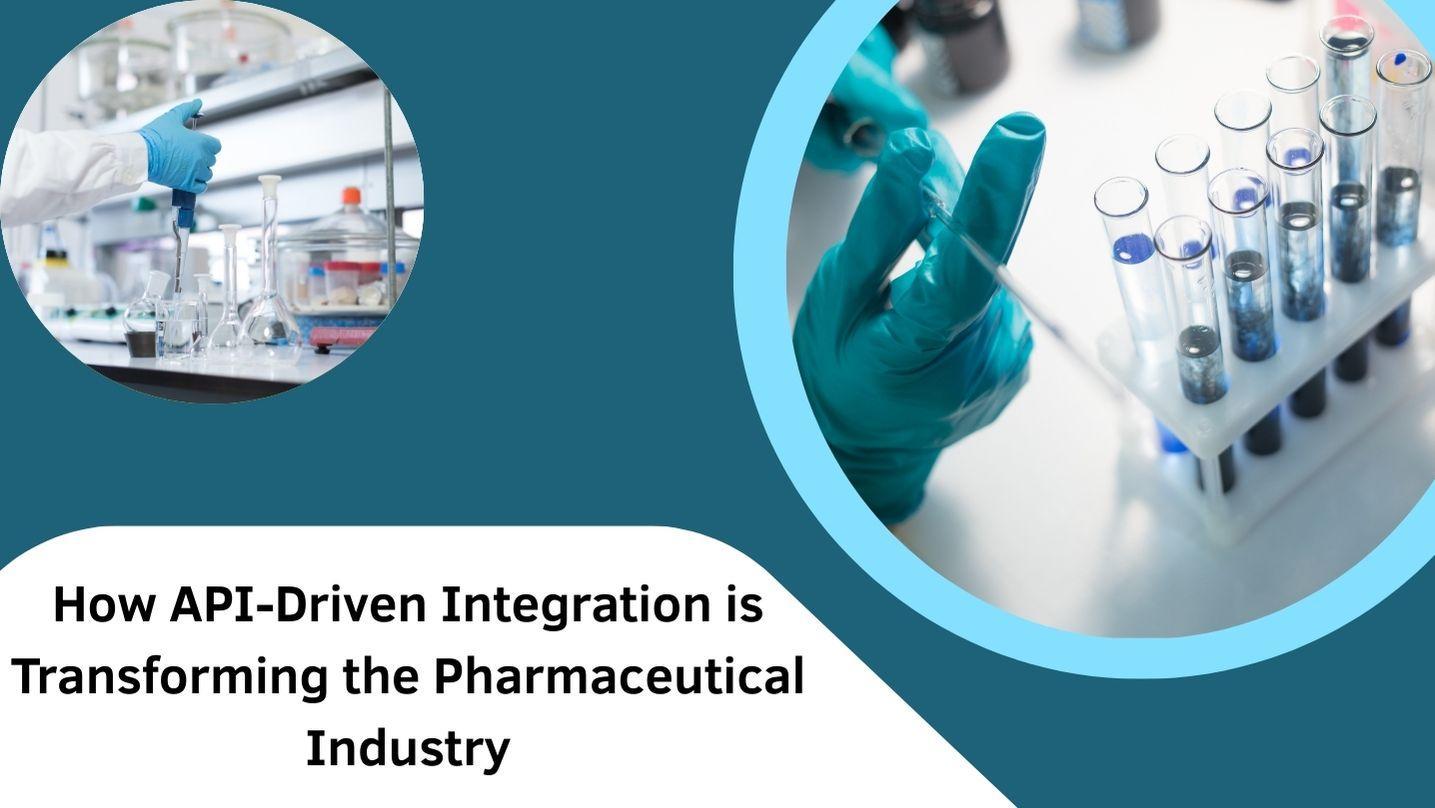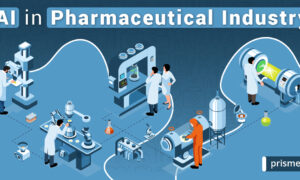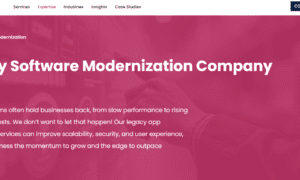In an era of rapid digital transformation, the pharmaceutical industry is increasingly leveraging advanced integration technologies to streamline operations and enhance efficiency. Rishi Nareshbhai Lad, a digital leader in the field of biotech digital transformation, explores how API-driven architectures are reshaping pharmaceutical infrastructure. This article delves into the innovations driving this evolution and their impact on research, development, and supply chain management.
The Shift Toward Digital Transformation
The pharmaceutical sector has traditionally relied on fragmented systems, making data management and compliance challenging. With regulatory requirements becoming stricter and global operations expanding, companies need a more agile approach. API-driven integration provides a structured method to unify disparate systems, allowing for seamless data exchange and improved decision-making.
Overcoming Legacy System Challenges
A major challenge in pharmaceutical operations is the dependence on outdated integration methods. Traditional point-to-point connections create inefficiencies, delays, and compliance risks. API-based solutions provide a modern alternative, enabling real-time interoperability across research facilities, manufacturing plants, and regulatory bodies. By facilitating seamless data exchange, APIs enhance data consistency, streamline processes, and minimize operational bottlenecks. This shift not only improves efficiency but also ensures regulatory compliance, ultimately accelerating innovation and enhancing overall pharmaceutical supply chain management.
API Gateways: The Backbone of Modern Integration
The implementation of API gateways has revolutionized data security and access control in pharma. These gateways serve as centralized hubs for managing communication between different applications, ensuring secure and efficient data exchange. By integrating API gateways, pharmaceutical companies can regulate access, enforce authentication protocols, and monitor data flow in real time, reducing security vulnerabilities.
Microservices: Enhancing Scalability and Flexibility
The shift from monolithic systems to microservices architecture has revolutionized pharmaceutical operations by enhancing scalability and flexibility. Microservices enable modular development, where each service functions independently while seamlessly communicating with others. This architecture allows companies to efficiently scale their digital infrastructure, adapting to changing industry demands with greater agility. By breaking down complex applications into smaller, manageable components, pharmaceutical firms can accelerate innovation, improve system resilience, and optimize resource utilization, ultimately driving more efficient and responsive operations in a dynamic market.
Event-Driven Architecture for Real-Time Operations
Real-time data processing is critical in pharmaceutical manufacturing and clinical trials. Event-driven architectures allow companies to automate responses to changes in manufacturing conditions, supply chain disruptions, and research findings. By implementing event-driven models, organizations can ensure that critical updates are acted upon instantly, improving efficiency and reducing risks associated with delays.
Strengthening Security and Compliance
In the regulated pharmaceutical industry, robust API-driven security is vital. Integrating advanced encryption, automated compliance tracking, and real-time anomaly detection safeguards data integrity across the supply chain. Embedding security at every layer ensures adherence to strict regulations while enhancing operational efficiency. This approach streamlines compliance, mitigates risk, and protects sensitive information. Additionally, it supports seamless interoperability, allowing organizations to improve performance without compromising security or regulatory requirements.
Optimizing Research and Development
API-driven integration is transforming pharmaceutical R&D by streamlining collaboration across research teams and data sources. Standardized APIs enable seamless access to both structured and unstructured data, enhancing research accuracy and expediting drug discovery. This approach optimizes data management, fosters cross-functional collaboration, and accelerates innovation, ultimately improving the efficiency and effectiveness of pharmaceutical research.
The Future of Pharmaceutical Integration
As the pharmaceutical industry continues to evolve, API-driven architectures will play an increasingly vital role in shaping its future. The adoption of artificial intelligence, machine learning, and predictive analytics in conjunction with API frameworks will further enhance decision-making and operational agility. Organizations that embrace these innovations will be better positioned to meet the challenges of an ever-changing healthcare landscape.
In conclusion, API-driven integration is revolutionizing pharmaceutical operations, spanning research and development, manufacturing, and regulatory compliance. By adopting modern integration frameworks, companies can enhance operational efficiency, improve data accuracy, and ensure compliance with industry standards. As Rishi Nareshbhai Lad emphasizes, the future of pharmaceutical innovation depends on the strategic implementation of API-driven architectures. Organizations that invest in these technologies today will be well-positioned to lead the industry into the future. To scale a modern business, adopting an API-driven architecture is not just an option—it’s a necessity.



































